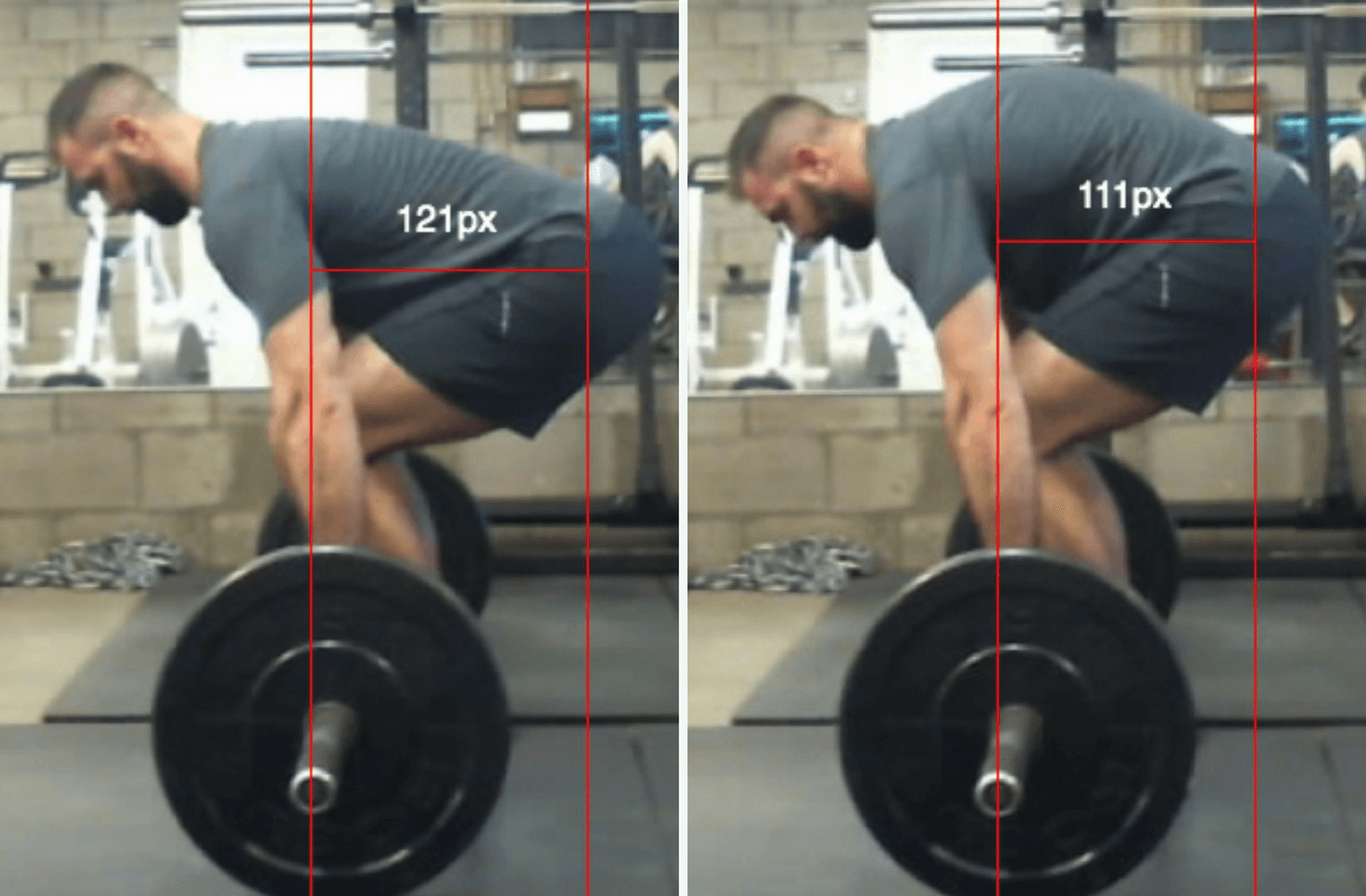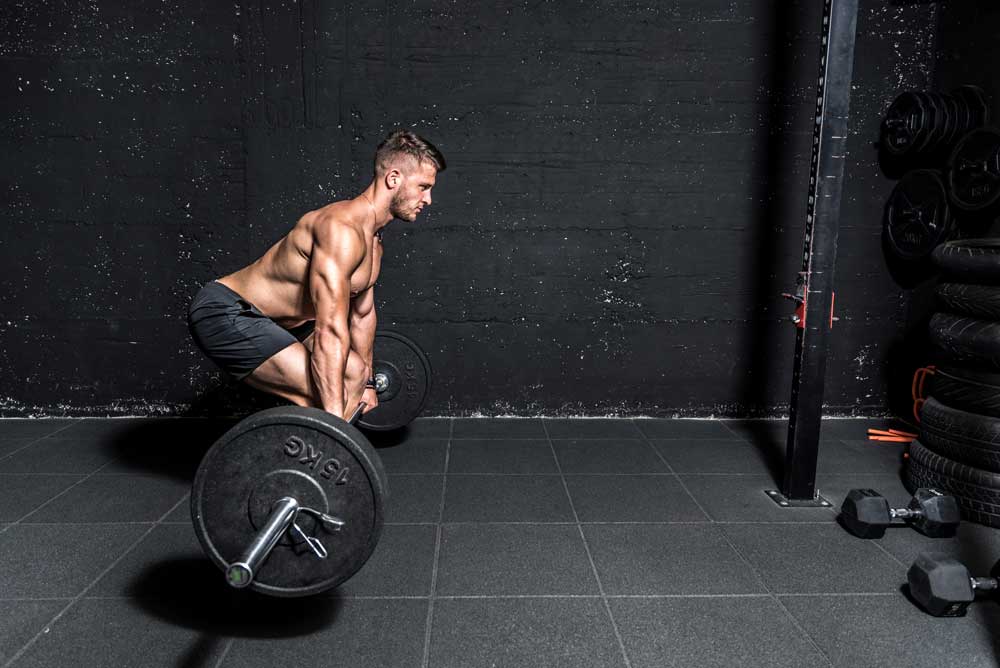
Arching the Back in Deadlifts – Right or Wrong?
Deadlifts are one of the most fundamental lifts in powerlifting, but the topic of back position remains controversial. Some lifters insist that a completely straight back is necessary, while others claim that a slight back arch—especially in the upper back—can actually be beneficial.
So, should your back be arched or straight when deadlifting? Let’s break it down.

When Is Arching the Back in Deadlifts WRONG?
🚫 Lower Back Rounding (Lumbar Spine)
- This is the most dangerous form of back rounding, which can lead to herniated discs and spinal injuries.
- Excessive lumbar rounding increases pressure on the lower vertebrae, making injuries more likely.
🚫 Loss of Control During the Lift
- If your back rounds too much, you lose tension, leading to a higher risk of bar slipping or failed attempts.
- This often happens when lifters attempt too much weight or have poor setup mechanics.

When Is Arching the Back in Deadlifts ACCEPTABLE?
✅ Upper Back Rounding (Thoracic Spine)
- Some elite powerlifters intentionally round their upper back to shorten the range of motion and lift more efficiently.
- This technique is acceptable ONLY if the lower back remains neutral and under control.
✅ Maximal Deadlift Attempts (Heavy Loads)
- When lifting maximal weights, a slight upper back round can increase leverage without causing injury risks.
- However, this technique should only be used by experienced lifters with strong spinal support.

Arching the back in deadlifts can be right or wrong, depending on which part of the back is affected and how well the lifter controls their form. If you’re new to powerlifting, focus on keeping a neutral spine for safety. If you’re experienced, a small upper back round could help increase performance under controlled conditions.






